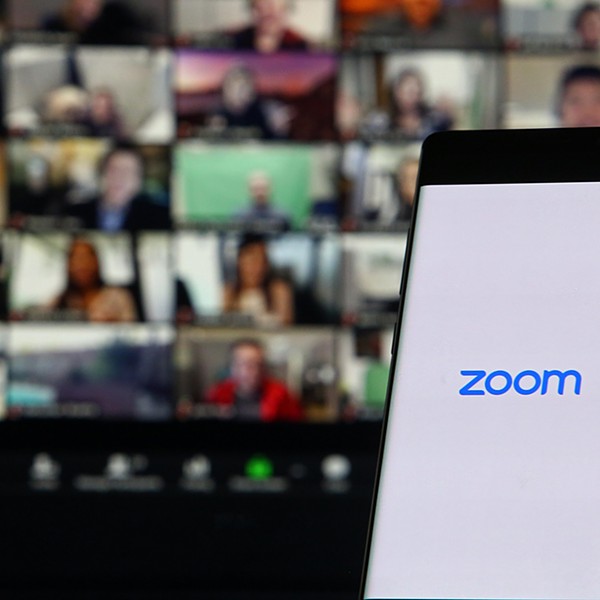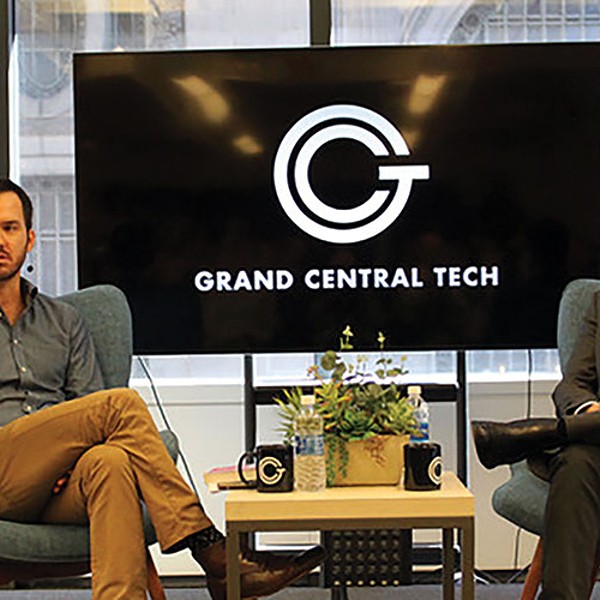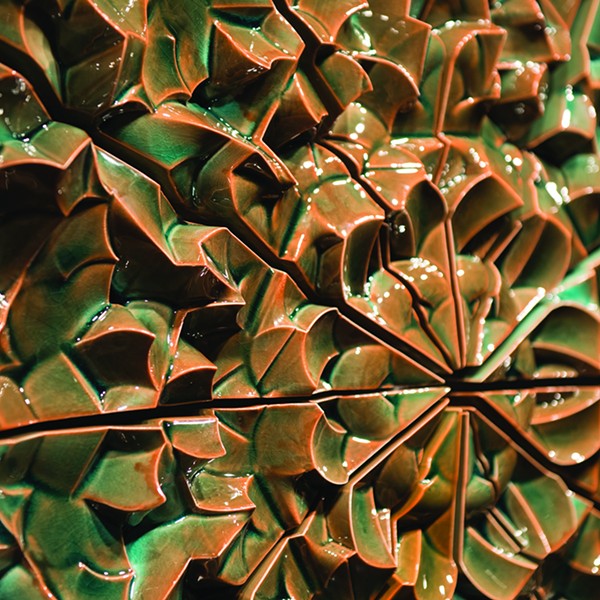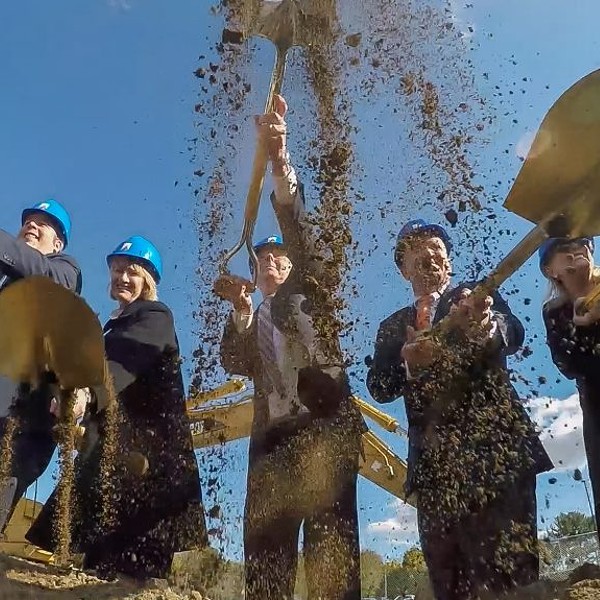[Editor's introduction: Consider the dinosaur. Although it has not made the fern-bar scene or feasted on its fellow colossi since the late Cretaceous, it remains vital to the world’s imagination. As every kid, palaeontologist, and movie producer knows, there is something inherently lovable and enthralling about these vanished Gargantuas, as well as something that evokes pathos—when we contemplate their lost, lumbering grace, their great dignity and gravity, we often have the nagging sense that what has replaced them has not necessarily been for the better.
So, too, for the dinosaurs of communications technology. The digital gizmos that have made them obsolete have nothing of their charm, nobility, or romantic allure—at least not according to the seven writers assembled here, who offer bittersweet encomiums to the typewriter, the rotary phone and the phonebooth, letter-press printing, black-and-white photographs, 45rpm records, telexes and telegrams, and writing and receiving letters via good, old-fashioned snail mail. Read on, and be here then.]
Even as I depress the shutter of my Canon Sure Shot, my heart longs for the more formal photographs of the past. My family albums begin with a leather volume, labeled ALBUM 1–RUSSIA. The album itself is aged—its maroon covers flake like old, burnt skin. But within, my Russian Jewish ancestors reappear in sharp resolution and forever fixed in their dignified postures. All these images are photographed against sets—Victorian potted palms, swagged drapery, always the accoutrements of wealth. The women wear beautiful long dresses with high collars and their hair is upswept or tucked under plumed bonnets. One picture is so perfect that I can detect the lace patterns on my great aunt’s blouse and the engraving on her husband’s golden pocket watch. Their expressions are luminous, solemn, as if they knew they inhabited the past, even then in their present.
On a recent trip to Russia, I had a live encounter with the more common photographic experience, now global. It was 1am in St. Petersburg, and I was enjoying the midnight magic of a canal boat—the twin twinkle of the stars above and below, reflected in the water. Then I became distracted by flashing rectangles of light all around me—the teenaged tourists were taking their self portraits.
Why here, why now? It spoiled the pristine night boat ride. Privately, I had long been thinking that digital photography had led to wretched excess; now it seemed plain wretched.
How can the digital images of today match the dignity and value of those composed portraits? Now, too often, the ease of snapping “shots” catches the subjects open-mouthed, perhaps even munching chips. Of course I also have precious and beautiful digital photographs—my daughters as babies—and I can appreciate color prints when the picture is artful. But I cherish the old sepia images and the studied black-and-white photographs that followed.
I would never, of course, part with that Sure Shot and its ability to transfer. But sometimes, as incoming and outgoing photo files clog my e-mail and life seems a download, I yearn for the poses of the past, even the silliness of some stagy shots—my grandmother, in her tropical suits, posed before painted palm trees, with the printed legend “Miami Beach.” Even the formats were fun—the mini telescopes to view the Miami tableaus, the rick-racked edges of all my Asbury Park Beach vacation “booklets,” the black star “holders” that spangle the albums of the ’40s, ’50s, and ’60s. The very process—buying film, having it developed—slowed the headlong rush into the future. I am happy when my daughter tells me, her finger poised on the trigger, that there is a sepia setting.
Laura Shaine Cunningham is a playwright and journalist as well as the author of the memoir, Sleeping Arrangements, the current choice for One Book, One New Paltz.















